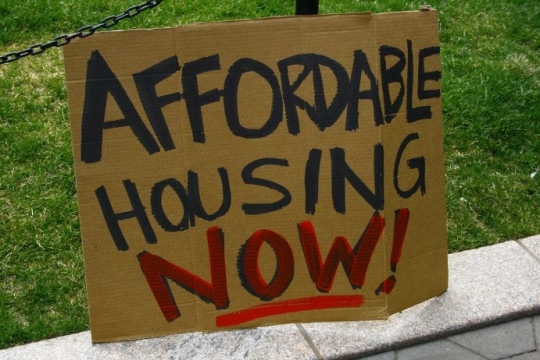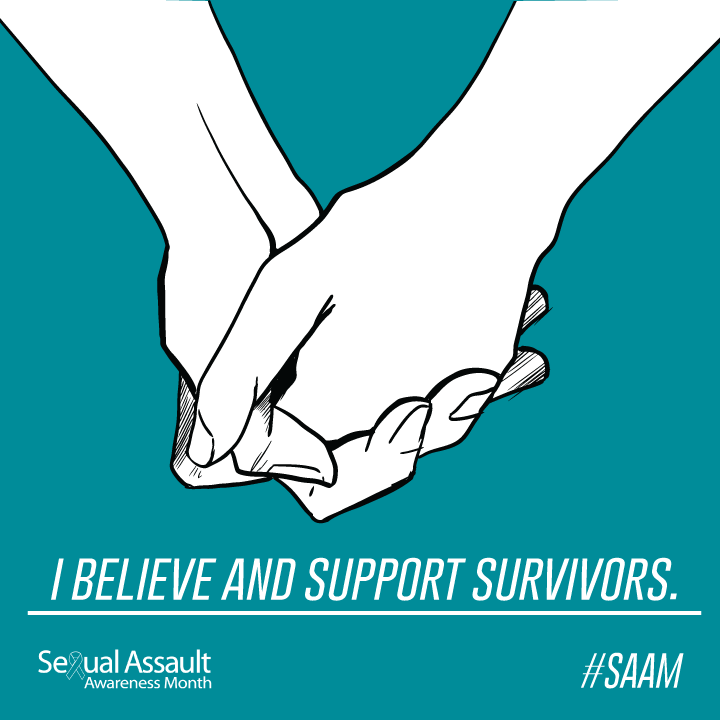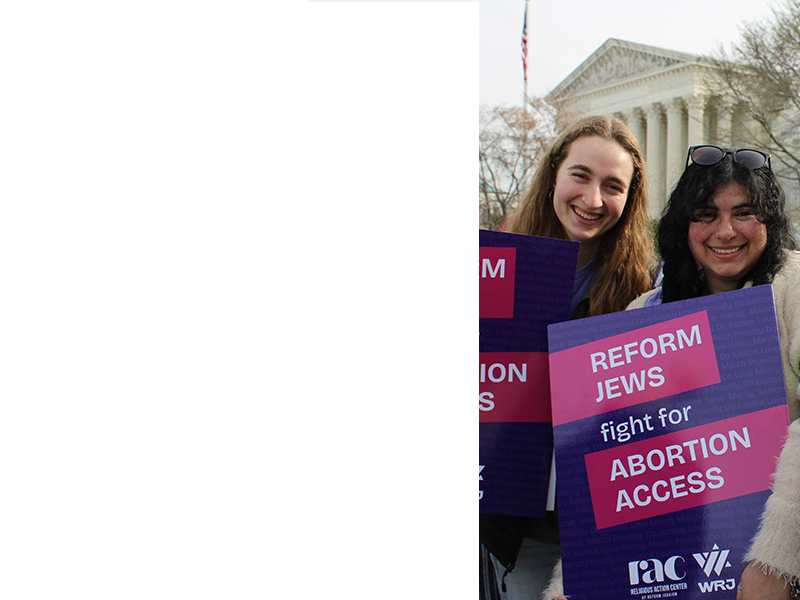This blog originally appeared on the WRJ blog.This piece is a part of the RAC Sexual Assault Awareness Month (SAAM) blog series.
Every 98 seconds, someone in the United States is sexually assaulted. The U.S. Department of Justice, defines sexual assault as “sexual contact or behavior that occurs without the explicit consent of the recipient.” This can include attempted rape, forced penetration (rape), unwanted sexual touching, and forcing the victim to perform sexual acts, among other forms. Nine out of ten victims of rape are female. This staggering statistic contributes to society’s focus on sexual assault as a women’s issue, however we must acknowledge the reality: no one is immune from sexual violence, and no one is excluded from the obligation to prevent it. As a part of broadening recognition of who experiences sexual violence, we can utilize the emerging term “gender-based violence”. Gender-based violence refers to violence that occurs as a result of normative role expectations and perceived gender power inequities, and is a shift from referring only to “(men committing) violence against women”. It is a term inclusive of women, men, LGBT-identifying, and gender nonconforming individuals.
As we focus on gender-based violence, we bring awareness to a wider variety of experiences. Very rarely do we hear about men as victims of sexual assault. This could be attributed to the lower rates of violence compared to women; for example, one in sixteen men will be sexually assaulted during their time in college, while one in five women will be assaulted. Still, there are other factors that contribute to this less-frequently discussed issue. Gender norms may play a role, as men are associated with stereotypes that emphasize masculinity, strength, and minimal emotional response. This creates a stigma around reporting sexual assault, particularly when a man is sexually assaulted by a woman (yes, women can be perpetrators). The effects of this are adverse; each year 10,800 men in the military are assaulted, but only 13 percent report the attacks. It’s also important to include the intersection of individuals who identify as LGBTQ, who experience sexual violence at alarming rates. During college, 21 percent of transgender, genderqueer, and nonconforming students are assaulted. Transgender racial minorities are even more likely to be assaulted. 37 percent of bisexual men and 61 percent of bisexual women experience sexual or intimate partner violence, compared to 29 percent of heterosexual men and 35 percent of heterosexual women. It is not always easy for LGBTQ people to report their assaults, as they may rightfully fear discrimination at the hands of the police and medical professionals.
Sexual assault is not the issue of one type of person, but is an issue of humanity. By not including everyone in the conversation, we are contributing to a culture of silence around the reality of who experiences gender-based violence. Jewish tradition teaches, “you are not obligated to complete the work, but neither are you free to desist from it” (Pirkei Avot 2:21). We cannot be bystanders. April is Sexual Assault Awareness Month, or SAAM, which provides a unique opportunity for us to engage our communities in bringing awareness to this epidemic. Download the RAC's SAAM Action Toolkit for resources, educational tools, and program ideas for engaging your community around Sexual Assault Awareness Month. Follow the RAC’s gender-based violence issue page for weekly blogs throughout April that address sexual assault.
Related Posts
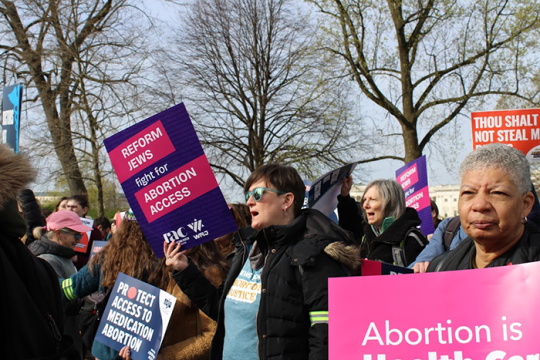
Remarks from Rabbi Eliana Fischel at Jewish Gathering for Abortion Access
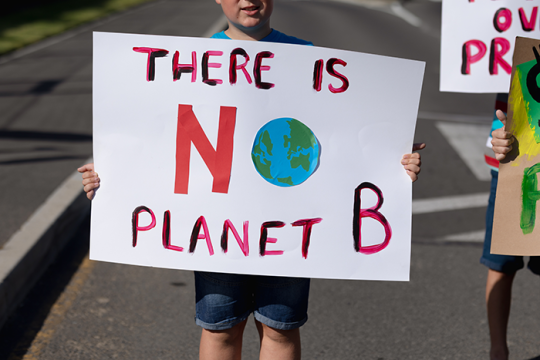
Teens from North Carolina Speak About Environmental Justice
